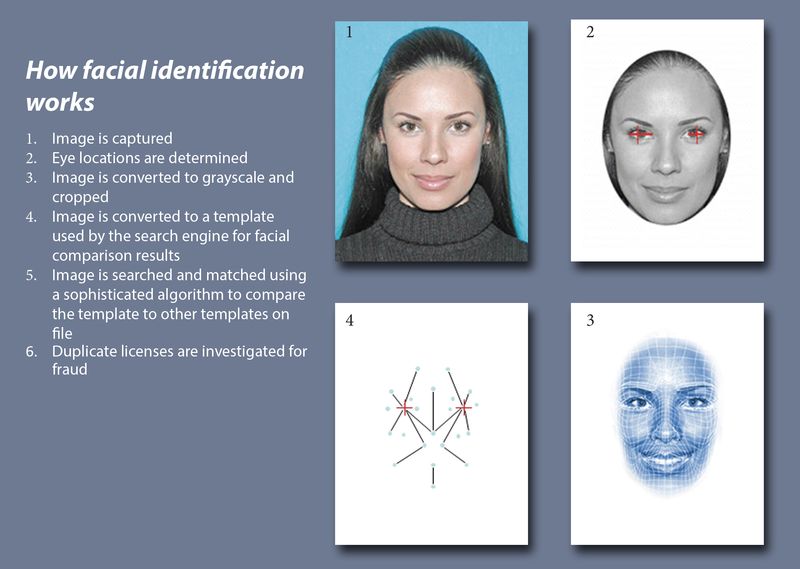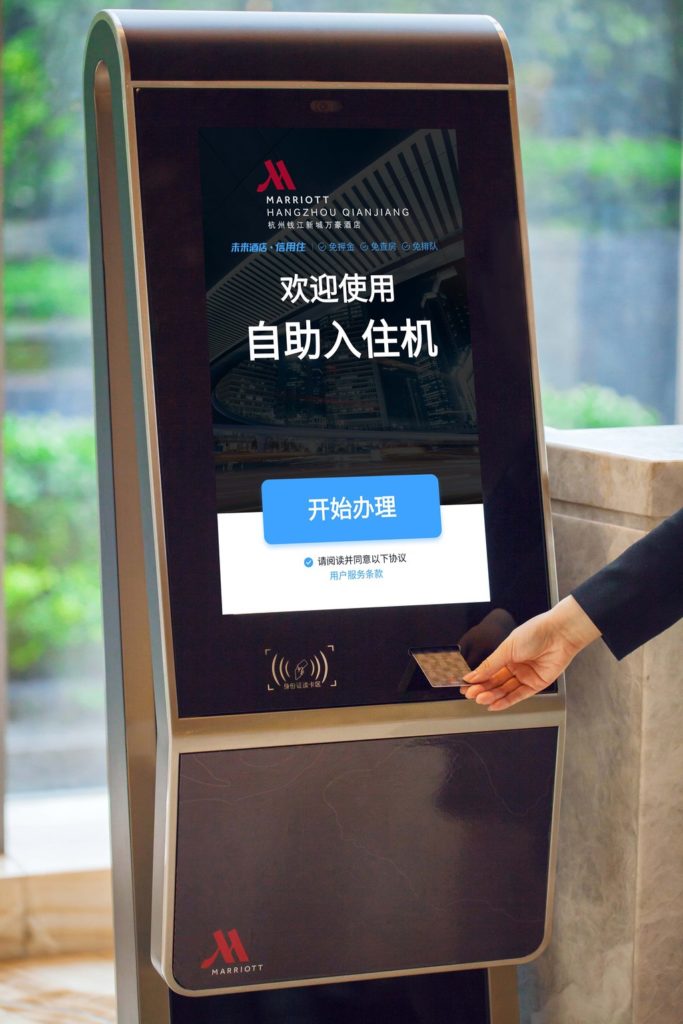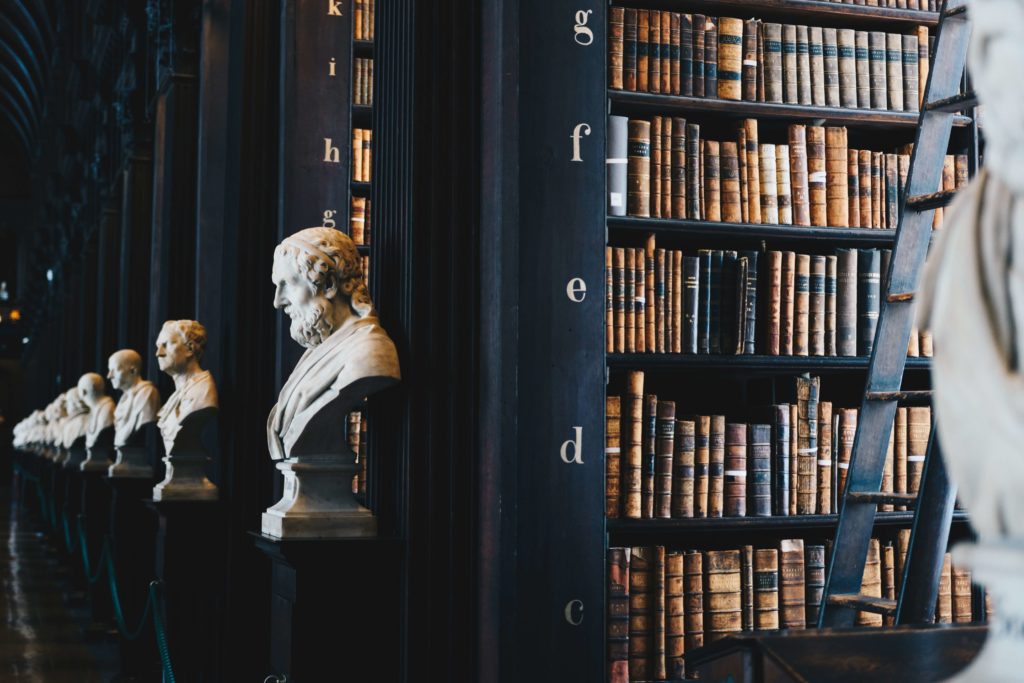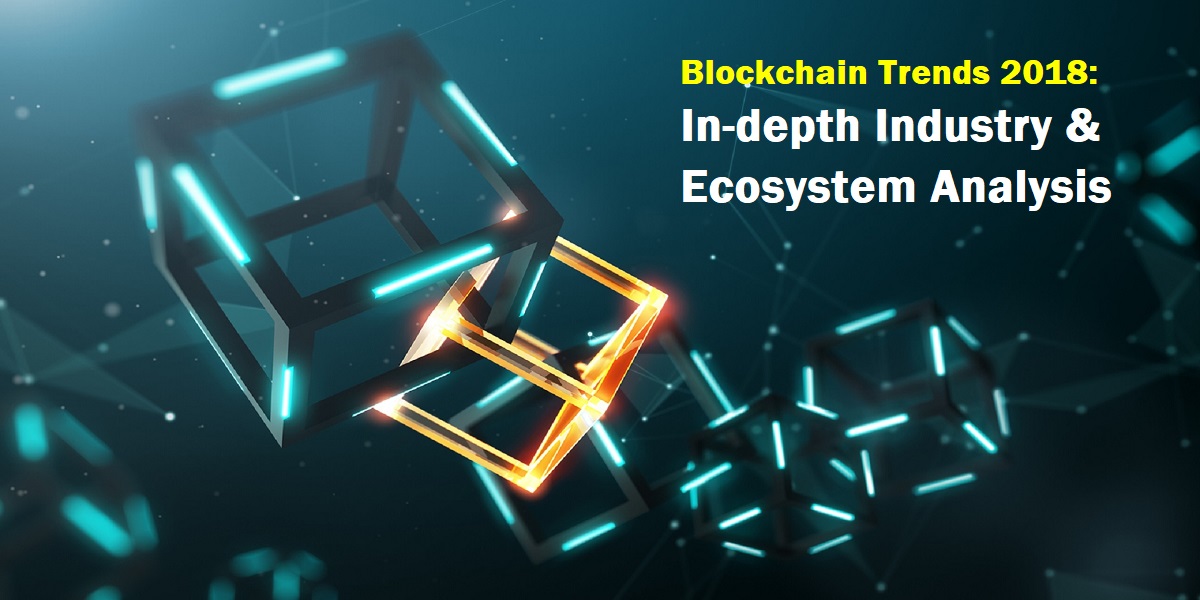Facial recognition is a technology that combines sophisticated software driven by artificial intelligence (AI) algorithms with cameras to collect data about a person’s age, gender, and ethnicity. Popularized by Apple’s iPhone X and already used in law enforcement and airports, the technology is gradually (but stealthily) becoming part of customer experiences in retail spaces and hotels.
How are industry-leading companies using the technology? What benefits do they plan to gain by implementing facial recognition? Is the technology regulated?
Join us as we explore these questions below.
1) Facial Recognition in Retail
CaliBurger — Loyalty Program, In-store Experience
The Californian burger company CaliBurger installed kiosks with facial recognition capabilities at one of their restaurants in Pasadena. Linked to CaliBurger’s loyalty program, the kiosks recognize customers when they approach, load their loyalty accounts, and show favorite and past orders. The customers do not need to add any account details or swipe their cards. As a result, Caliburger is able to remove friction from the ordering process almost entirely, speeding it up significantly.
As of now, the kiosks are in the testing mode. Caliburger plans to roll out the technology in other restaurants over time. “Facial recognition is part of our broader strategy,” commented CEO of Cali Group John Miller in a statement.
See the entertaining ad for CaliBurger’s facial recognition kiosks:
Caliburger’s facial recognition technology works only with prior customer consent, and the company stresses that they do not store the facial images.
7-Eleven — Advanced Facial Recognition in Thailand
In March 2018, 7-Eleven installed facial recognition software into 11,000 stores in Thailand. Coupled with behaviour analytics, the solution is used to track loyalty cardholders, monitor customer traffic and stock levels, suggest products for purchase, as well as recognise the emotions of shoppers.
Thailand’s population reaches almost 69 million people, and 10 million of them go to a 7-Eleven store each day. It is fair to say that the company is planning to get a substantial ROI on the technology, and improve the numbers. The implementation might also be connected to the current rise of facial recognition technology across Asia, especially in China, where people can use it to buy products, withdraw cash from ATMs, as well as get a loan.
Saks Fifth Avenue — Organized Retail Crime Prevention
An early adopter of facial recognition technology, luxury brand Saks installed it into its flagship store in Toronto’s Eaton Centre to fight organized retail crime/loss prevention. The facial recognition algorithms track the store visitors and convert’s photos of suspects into biometric templates, checking them against a database of registered shoplifters. The solution allows for accessing the cameras remotely from Saks’s New York headquarters.
Here is an example of how facial recognition technology works in crime detection:

Source: Iowa Department of Transportation
Walmart, Samsung, Intel, Home Depot
Home Depot has merged their marketing and security departments for a facial recognition project that would provide insight into shoppers’ in-store product browsing. Michael Weidmann, the consultant for the project, said that no company had ever considered linking the two departments before, but the number has been growing since. With Amazon leading the way with their highly sophisticated and automated Go shops, companies will leverage facial recognition in retail to attract more customers to physical stores in the future.
Meanwhile, Walmart patented a technology with AI facial recognition that enables cameras to capture the facial expressions of shoppers in checkout lines to measure the degree of dissatisfaction with service. The results may help the company improve the in-store experience, including in-store displays, real-time promotions, and other issues.
In general, the use of facial recognition in retail is on the rise. At the National Retail Federation 2018, Samsung and AT&T showed how they plan to use it to get insights into demographics, store traffic customer behaviour patterns, and acquire other data.
Meanwhile, Intel showed a mock-up of a candy store in which a camera recognized recurring shoppers with the help of AI facial recognition, and then informed the store associates about their names, previous purchases, and product recommendations. Properly established, such facial recognition tool could empower the store associates and raise in-store customer satisfaction significantly.
2) Facial Recognition in Hospitality
Accor Hotels — Check-In, Hotel Experience
In 2018, Accor Hotels started trialing facial recognition technology in their Pullman hotel in São Paulo, Brazil to see how it can improve the guest experience. The opportunity was given to selected guest that are part of the loyalty program.
The solution covers key points in Accor’s hotel experience. Guests can use facial recognition to check-in at the desk or an information pillar at the reception as well as use the technology to access their rooms. As a result, the keycards are out of the equation as the guest experience becomes more swift and streamlined.
Accor Hotels lists deeper personalization and standing out from competition as other facial recognition benefits, according to Erwan Le Goff, the company’s vice-president for information technology for South America.
“We realize this technology is a big market differentiator and will be utilized by the sector in the years to come. ” said Mr. Le Goff.
Marriott International — Check-in Kiosks at the Desk
Around the same time in 2018, Marriott announced they are bringing facial recognition to the check-in desk in the form of kiosks. The chain started testing the technology at their two properties in China — Marriott Hangzhou and Marriot Sanya (located on island often referred to as “The Hawaii of China”). The project is also a joint effort with e-commerce giant Alibaba.

“Marriott International has a track record of embracing cutting-edge technology to create memorable experiences for guests,” said Henry Lee, Chief Operations Officer and Managing Director of Marriott International Greater China.
It looks like the chain considers the implementation of facial recognition in hospitality as the next important step for the industry. If the current effort finds its success, Marriott plans to roll out the technology to all of their 6,500 properties — although no definite milestones were set.
Other Hotel Chains — VIP Identification
When it comes to broad-based usage, facial recognition in the hospitality industry is in its young years. On top of that, it is not properly regulated yet (we will discuss this in a moment). As a result, few companies are willing to voice their efforts, let alone sit down and elaborate on them.
Still, the Guardian reports that a number of high-end hotels in Europe are allegedly using facial recognition to identify VIPs and celebrities for preferred treatment when they enter the front door.
3) The State of Facial Recognition Technology Regulation
In general, it can be said that the facial recognition technology is not regulated. Only the states of Illinois and Texas in the United States come as exceptions. Still, the gears that facilitate the emergence of corresponding laws are already in motion, and the conversation in general has already started.
“The technology is in some environments where I’m sure millions of people, in a year, or even in a month, are subjected to it,” said Donna Lieberman, executive director of the New York Civil Liberties Union, to New York Magazine. “Nobody has any idea that it’s happening, or what data is being collected, or how it’s being stored, or for how long, or who has access to it.”

Ritchie Torres, a New York City Councilman representing Bronx, introduced a bill to move the needle on the issue. It would require a business to start informing the public in case they are using the facial recognition, how long they store the data gathered by it, and who they share this data with. The legislation effort did not get traction yet, and the magazine argues that it will face serious lobbying efforts from the tech industry — citing lack of success with similar laws in Alaska, Connecticut, Montana, New Hampshire, and Washington. Trade groups and tech giants like Google and Facebook are at the forefront of the opposition, the latter being especially aggressive on the issue.
Geoff White, a privacy specialist with the Public Interest Advocacy Centre in Ottawa told The Guardian that companies using facial recognition technology have an obligation to be more transparent.
Pushing tech companies to become more so and hoping to get a resolution should not be viewed as an impossible feat. After all, privacy is paramount today, and those companies that fail to follow through eventually risk losing their clients, while also losing image points along the way.



